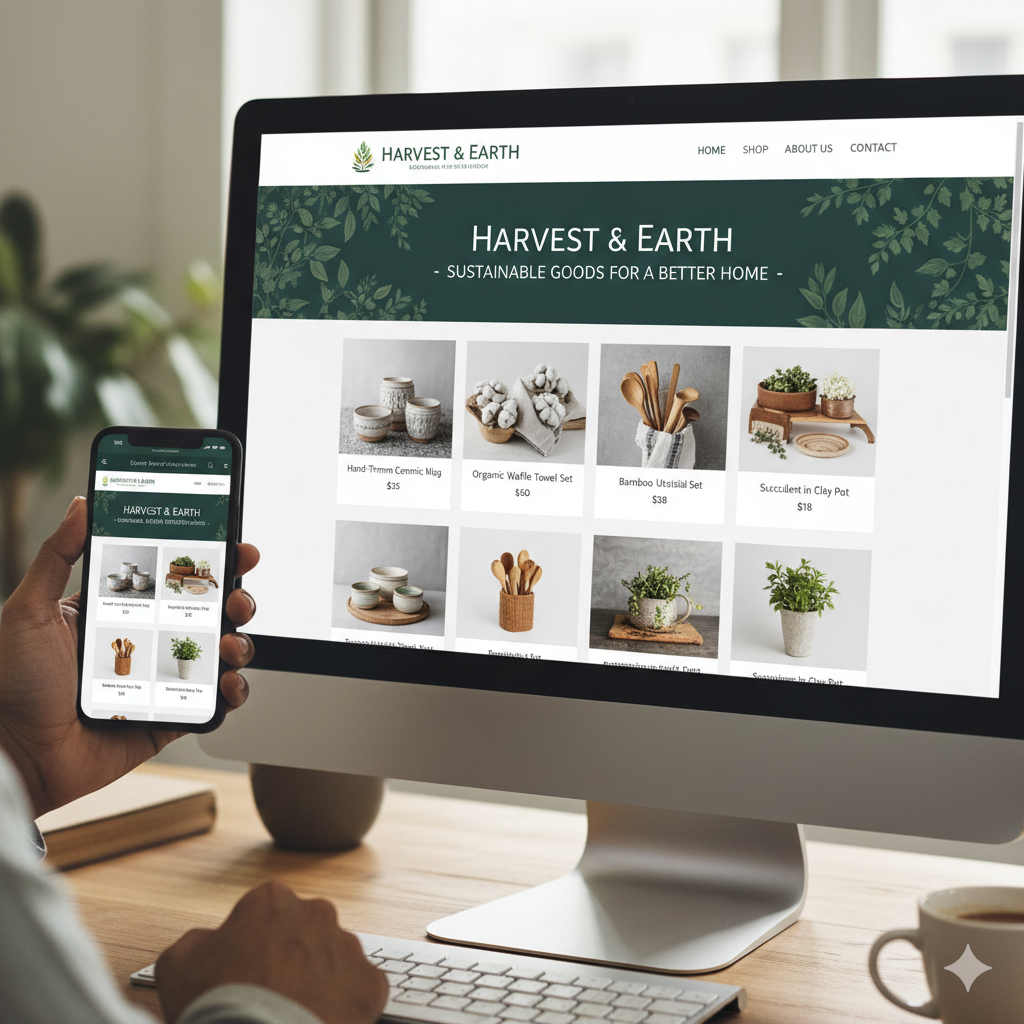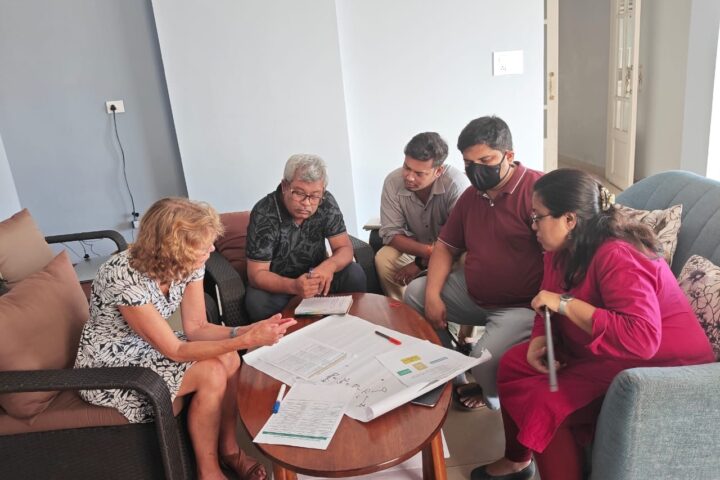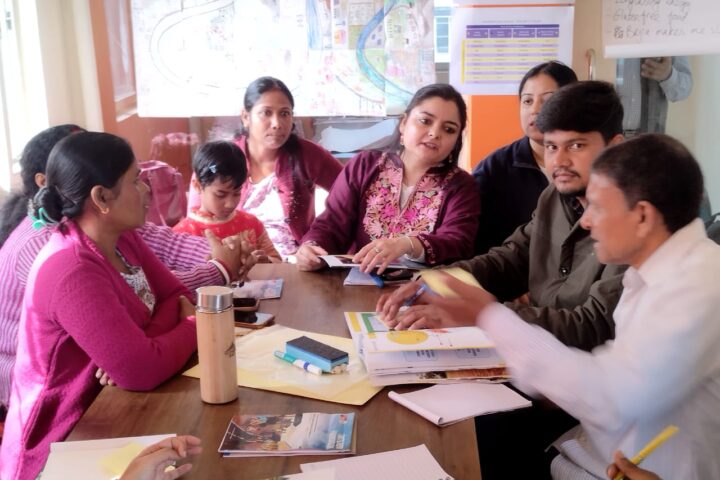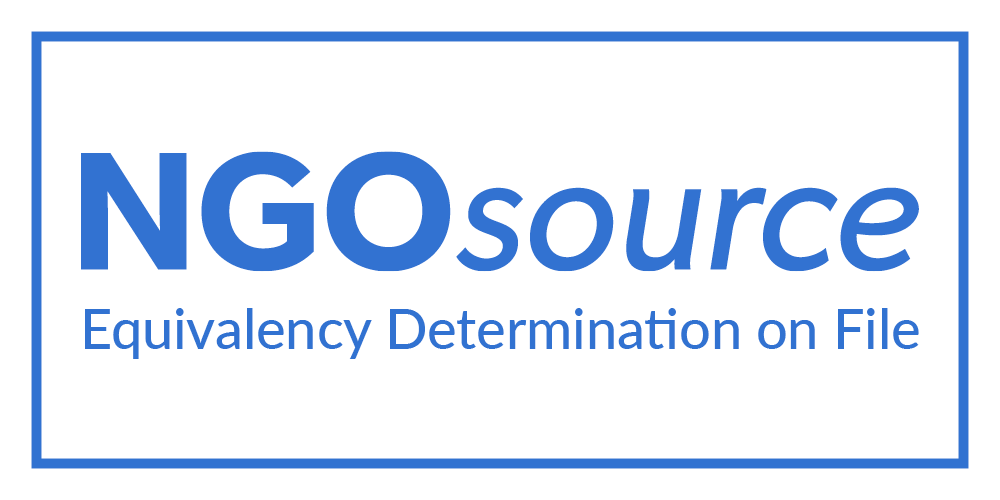This article by Women on Wings marketing expert Judith Heijnen draws on her decades of experience working with business internationally and social enterprises in India, understanding their unique challenges and opportunities in the digital and physical space.
“I thought once we had a website, the sales would come in.”
That’s what an Indian social enterprise founder told us after pouring time, money and love into launching their online store to improve the Indian rural livelihoods of its employees.
Only to be met with silence.
No orders. No buzz.
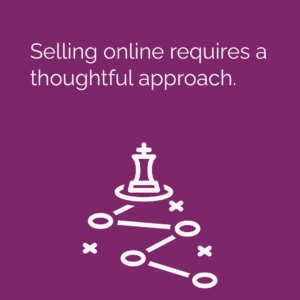
If you have ever felt the same, you are not alone. Selling online sounds simple. But in reality, it is a strategy, not a checkbox. And for social enterprise founders in India, who are already balancing a thousand tasks, it can feel overwhelming.
But you do not need to do everything. You just need to do the right things.
Let’s start with one of the most important and most overlooked, steps:
Is selling online even right for you?
E-commerce provides new avenues for market access, especially for rural producers. Many social entrepreneurs see e-commerce as the ultimate holy grail. A sleek website.
Orders coming in overnight. Global customers. But before you invest in an online store or join a marketplace like Amazon or Flipkart, pause and ask: Is my business ready for this step?
Here are a few questions to consider:
1. Do you already have a product people are buying? If you are already selling consistently at local haats, exhibitions, or to institutional buyers, that is a great sign. E-commerce won’t solve product-market fit; it amplifies what’s already working.
2. Can your product be shipped easily and reliably? Think about shelf life, fragility, packaging and the cost of logistics. Items like packaged snacks, handmade accessories and artisanal textiles are easier to ship than refrigerated goods or fragile pottery.
3. Do you have the capacity to fulfill orders quickly and consistently? Online buyers expect fast delivery, easy returns and clear communication. If you are already stretched thin with your offline operations, this might not be the right time. Or you may need a fulfillment partner.
4. Do you know who your customer is and how to reach them online? Social media can create buzz, but it is no substitute for clarity. Know who buys from you, where they hang out online and what drives them to choose your product over others.
If you answered yes to most of these, you are ready to start exploring e-commerce as a growth channel. Not as a quick fix, but as a meaningful next step in your journey.
If you are still refining your products, learning what sells best at local markets, or managing inconsistent supply, it is ok to wait. Focus first on building a strong foundation offline. E-commerce is powerful, but only when the timing is right.
Start with your real customer
You care about your mission, your community and your impact. That is why you started. But when it comes to selling online, caring is not enough. You need to understand who is actually buying.
Is your ideal customer a health-conscious young professional in Delhi? A mother looking for safe, chemical-free products? Someone passionate about supporting rural livelihoods?
Defining 1–2 clear buyer profiles helps you make better decisions, from what to sell to how to talk about it. The clearer your understanding, the more your online sales strategy will convert interest into purchases.

The keys to product-market fit
Let’s be honest: fresh milk is hard to sell online unless you have got a rock-solid, local delivery system.
But your ghee? Your handmade cookies? Your shelf-stable, beautifully branded items? Those are online gold.
Start with products that ship easily and sell often. As you grow, you can expand your offerings and delivery methods. And don’t forget, product pages are storytelling spaces. Show the faces behind your products. Explain how purchases support farmers, communities, or ecosystems and invite customers to feel proud of their contribution.
Domestic sales or going global? Think carefully
Selling within India is simpler: local payment methods like UPI, delivery partners and regional language options make life easier. Going global is exciting but complicated; shipping, customs, quality standards and marketing to new customers adds layers of challenge.
Our recommendation: build a strong domestic foundation first. Learn what works, refine your systems and gain customer trust. When ready, explore global markets with trusted partners.
E-commerce is more than Amazon or Flipkart
There is a common myth that e-commerce = Amazon or Flipkart.
While those platforms offer reach, they come with trade-offs. You give up control over your branding, pricing and often, even your customer relationships.
For social enterprises, that is a steep price.
Building your own online store gives you freedom. It means owning your customer experience, nurturing loyalty and creating a brand that is unmistakably yours. That is long-term value for a sustainable business. And it is worth the effort.
Choose the right tools, and the right help
You don’t have to be a tech expert to build a strong online presence. But that doesn’t mean you set up your online store all yourself.
If your budget allows, hire a trusted website designer or developer. Ideally someone who understands both e-commerce and the unique needs of an Indian social enterprise. A well-designed site not only looks professional, but it also builds trust and makes the buying process smoother for your customers.
Don’t have the resources for custom development? Platforms like Shopify India, Instamojo and Dukaan can be an alternative path. They are designed for small businesses and are relatively easy to set up, even for first-time founders.
They also integrate with popular Indian tools like WhatsApp for customer service and payment gateways like UPI, Razorpay, Paytm and PhonePe. Some even offer regional language options, which can help you reach customers in local markets more effectively.
That said, these platforms come with limitations. You may not be able to customize your store as much as you would like and as your business grows, the monthly costs and feature gaps can become frustrating.
The key is to choose tools and people, that fit your stage of growth. Start simple, but build with the future in mind.
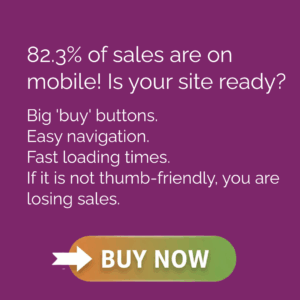
Build for mobile first
It is not just techy advice: more than 82.3% of online shopping in India happens on a mobile device (GlobalNewswire). So if your website is not fast, clear and thumb-friendly, you are losing sales.
That means:
- “Buy now” buttons should be big and bold, not hidden.
- Navigation should be easy and sticky (especially on phones).
- Pages should load in seconds, not minutes.
If your customer can not shop quickly and easily, they won’t shop at all.
Selling isn’t the end — getting found is
The hardest part of e-commerce often is not building the site, it is driving traffic to it.
You need to be where your customers are already spending time.
Use SEO (Search Engine Optimization) and GEO (General Engine Optimization for AI-powered search) to help people find you on Google (think: “organic camel ghee India”). Show up on Instagram with behind-the-scenes stories, farmer interviews and customer testimonials.
Start collecting emails as early as possible.
And if you have a little budget, experiment with targeted ads, especially on Instagram or through Google Shopping.
This does not need to be overwhelming. Just start somewhere. Every bit helps.

Trust is your currency
Online, people can not touch or taste your product. All they have is your story – and their instincts. That is why building trust is essential.
Use customer reviews (even if they start with your own network). Show your certifications. Be clear about where your products come from, how they are made and how they will get to your buyer.
And when it comes to policies—returns, refunds, shipping timelines—do not hide the fine print. Transparency earns loyalty.
Deliver what you promise
Great packaging and reliable delivery can make the difference between a one-time buyer and a lifelong fan.
Be clear about where you can ship and how long it will take. If you are only delivering ghee in Rajasthan right now, say so. If someone orders from Bengaluru, help set their expectations or offer an alternative.
Make unboxing a small delight. Your product should arrive looking (and feeling) like it was packed with care.
If possible, offer subscriptions for your staple products. A weekly delivery of cheese or a monthly box of grains can build habits. And revenue!
Iterate, don’t wait
Your first version won’t be perfect. That is ok. E-commerce is a living system.
Use analytics tools (like Google Analytics or Shopify’s dashboard) to see what is working. Where do people drop off? Which product pages convert best?
Run A/B tests on headlines, product descriptions, or images. And always: listen to your customers! Their feedback is gold.
You don’t have to do it alone
E-commerce isn’t a solo mission. There are people, tools and partners who can offer pro bono business support..
If you are a social enterprise founder in India creating work for at least 250 women in rural areas and looking to level up your e-commerce business plan or other strategies; reach out. Women on Wings would love to support your journey by consulting with you pro bono. We have consulted social enterprises and government institutions since 2007 and have co-created almost half a million jobs for women in rural India to date.
Written by Judith Heijnen, a Women on Wings marketing expert, based in India, with extensive experience in supporting social enterprises in their marketing journeys.
